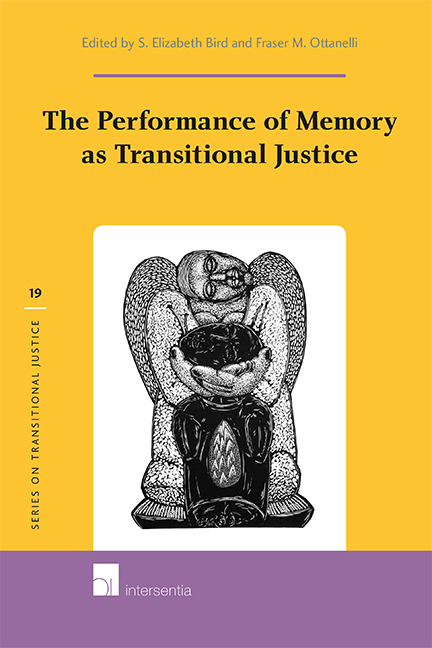Chapter 8 - The Asaba Memorial Project: Negotiating a Community Collaboration
Published online by Cambridge University Press: 16 December 2020
Summary
INTRODUCTION
On 5 October 1967, four months into the Nigerian Civil War, the federal army entered Asaba, a small town on the west bank of the Niger River. Troops were in pursuit of the Biafran army, which had just retreated back across the Niger into Biafra, which comprised the former, predominantly Igbo, Eastern region. Over the next few days, at least a thousand civilians were killed, and the town lay in ruins.
The civil war had broken out in July 1967, following the declaration of the sovereign state of Biafra by the governor of the Eastern Region, Lieut. Col. Chukwuemeka Ojukwu. Ojukwu argued that Igbos were not safe within Nigeria, responding to massacres of Igbo in the North and West, which had followed a coup and counter-coup in 1966. These ‘pogroms’, as the Igbo called them, had prompted thousands to return to their ancestral homes in the East or Midwest regions. After the conflict had simmered for a few weeks, Ojukwu's forces crossed the Niger and invaded Nigeria's small Midwest region, which was outside the boundaries of Biafra. The Biafrans spread west, overrunning Benin City, but were later pushed back by the hastily-organised Federal Second Infantry Division, under Col. Murtala Muhammed. By 4 October, they had forced the Biafrans back to Asaba, where they retreated across the Niger, blowing up two spans of the bridge, and leaving the federal troops angry and frustrated at their inability to pursue their enemy. The people of Asaba became the victims of the troops’ anger.
In 1967 Asaba was a quiet town of approximately 20,000–30,000 people, known mostly for high levels of education, and for producing an unusual number of leading members of the civil service and other professions. Although ethnically Igbo, Asabans considered themselves distinct from the Igbodominated Biafra; today, many prefer the identity ‘Anioma’. When the war began, the town was part of the ethnically-diverse Midwest region, which officially favoured the government's ideal of a united Nigeria. While many in Asaba held sympathy for the Biafran cause, and distrusted the government for condoning previous atrocities against the Igbo, townspeople did not become involved with the advance of either the Biafran or federal forces.
As federal troops arrived in the town, soldiers went from house to house looting, demanding money and killing boys and men accused of being Biafran supporters.
- Type
- Chapter
- Information
- The Performance of Memory as Transitional Justice , pp. 135 - 152Publisher: IntersentiaPrint publication year: 2014



